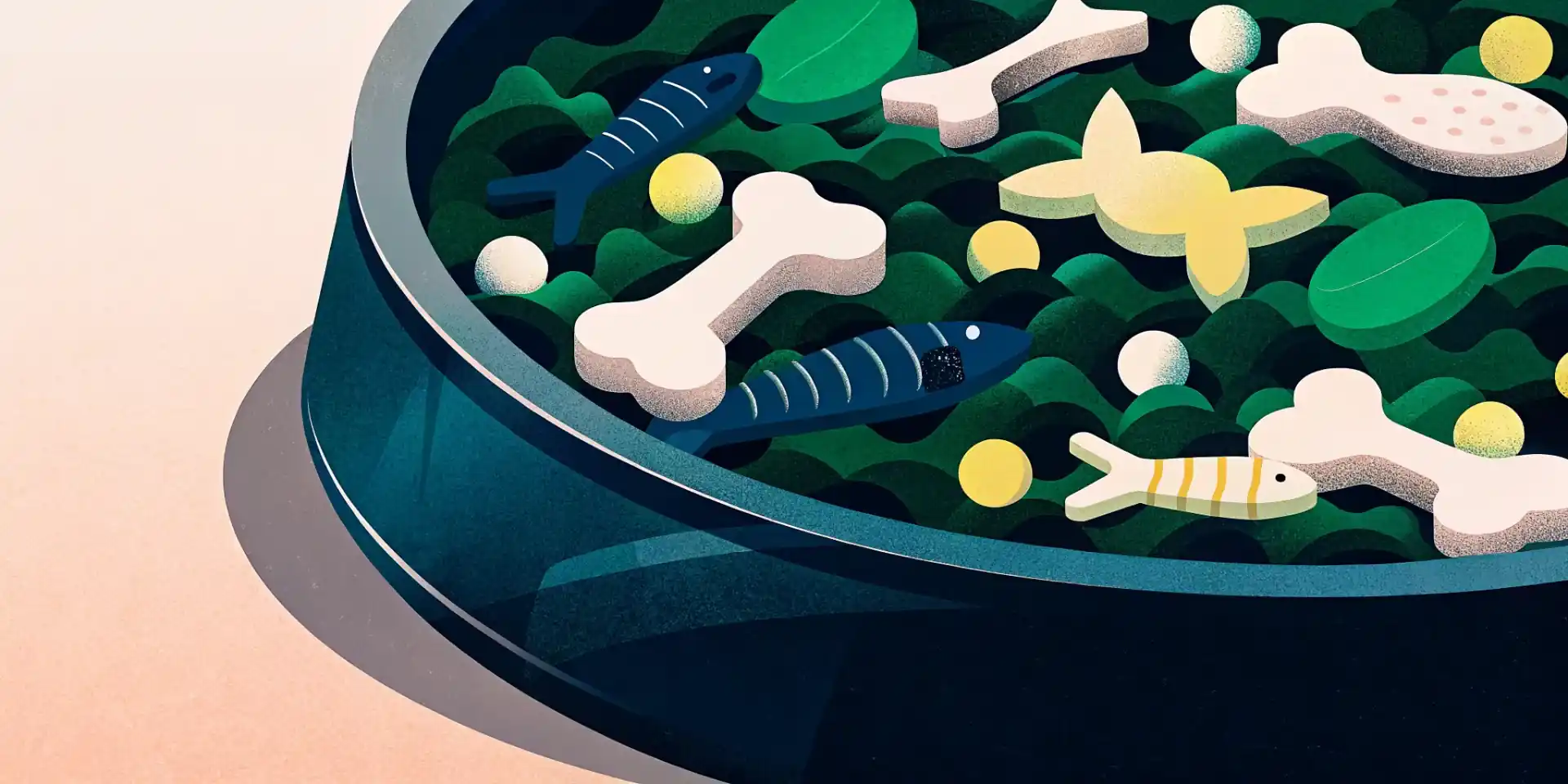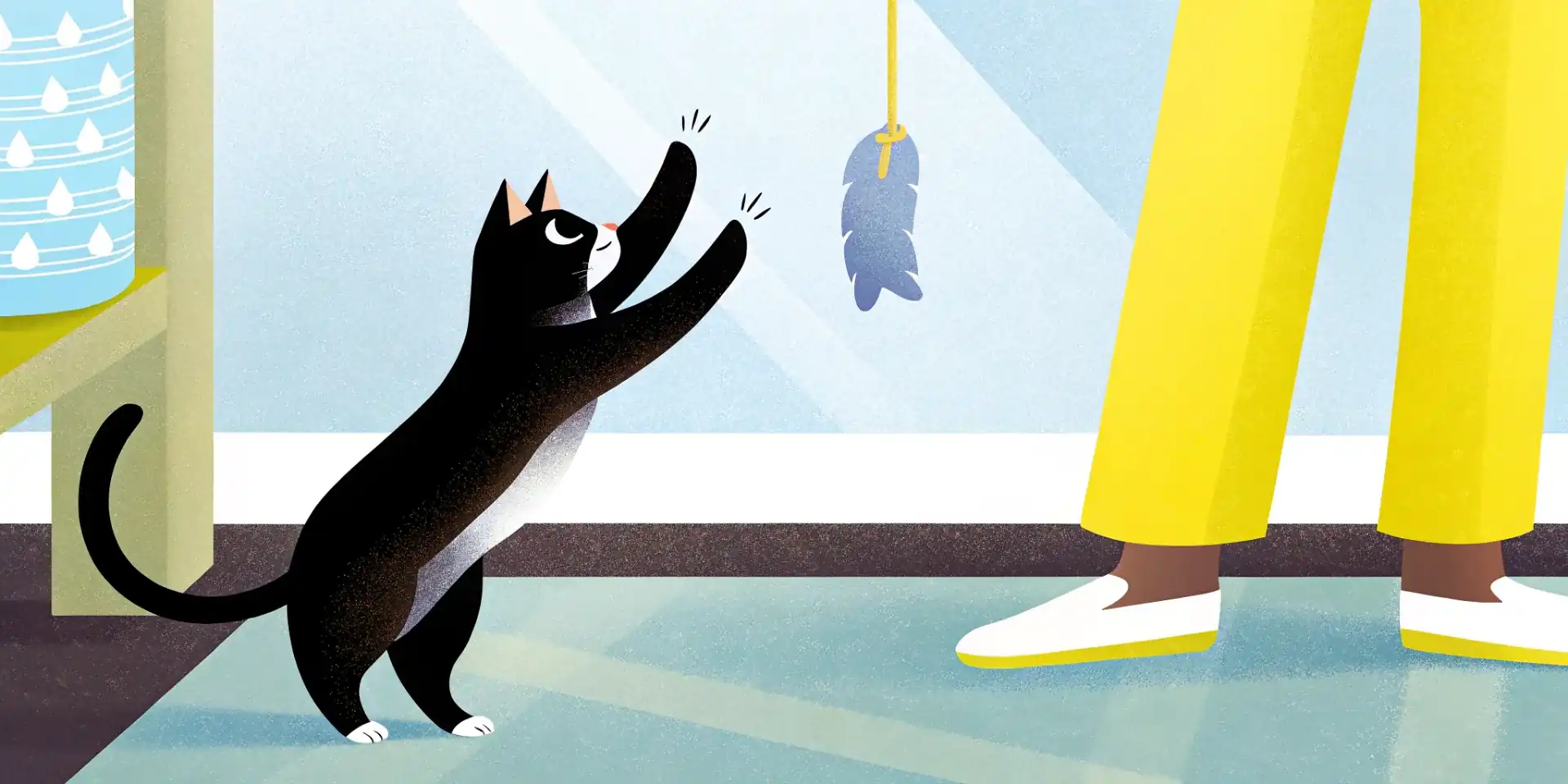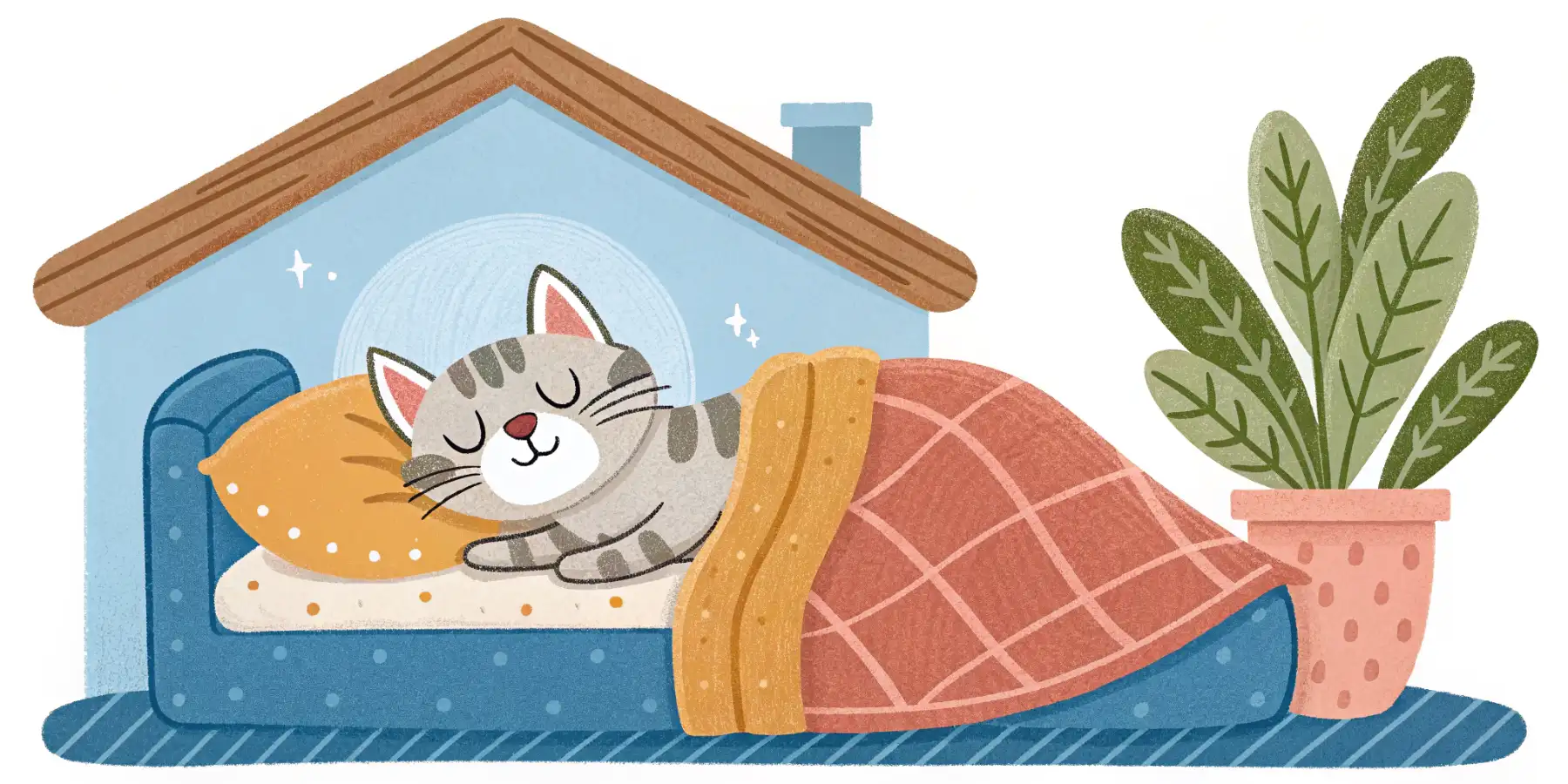
Adult Cat Nutrition: Wet or Dry Food?
Wet or dry cat food? Unlocking adult cat nutrition for a healthy feline! Find the best food and hydration tips here.
Adult Cat Nutrition: Wet vs. Dry Food, Weight Management, and Hydration
Choosing the right food for your feline friend can feel like navigating a minefield. So many brands, so many claims – it’s overwhelming! But understanding the basics of adult cat nutrition doesn’t have to be complicated. This guide will break down the key aspects: wet vs. dry food, maintaining a healthy weight, and ensuring your cat stays properly hydrated. Let’s get started!
Wet vs. Dry Cat Food: The Great Debate
The age-old question: is wet food or dry food better for my cat? The answer, as is often the case with cat care, isn’t straightforward. Both have their pros and cons.
Dry Food (Kibble)
- Pros:
- Convenience: Easy to store, measure, and leave out for grazing.
- Cost-effective: Generally less expensive than wet food.
- Dental Health (Maybe): Some kibble is specifically designed to help clean teeth, but this is debated and depends on the specific product.
- Cons:
- Lower Moisture Content: Cats aren’t naturally big drinkers, and dry food can exacerbate dehydration if it’s the only food source. This can especially be a concern with male cats and their propensity for urinary issues.
- Higher Carbohydrate Content: Many dry foods are higher in carbohydrates than cats need. Cats are obligate carnivores and thrive on a diet rich in protein.
- Ingredient Quality: Quality varies greatly. Read labels carefully!
 A colorful variety of dry cat food, showcasing different shapes and textures.
A colorful variety of dry cat food, showcasing different shapes and textures.
Wet Food (Canned or Pouch)
- Pros:
- High Moisture Content: Excellent for hydration, crucial for kidney health and preventing urinary tract problems. Ensuring your cat gets enough water is especially important for senior cats.
- Higher Protein Content: Typically, wet food formulations are closer to a cat’s natural dietary needs.
- Palatability: Many cats find wet food more palatable, especially if they are picky eaters.
- Cons:
- More Expensive: Wet food is generally more expensive than dry food.
- Shorter Shelf Life: Once opened, wet food needs to be refrigerated and used within a day or two.
- Messier: Let’s face it, wet food can be a bit messy to deal with.
In my experience, a combination of both wet and dry food can be the best approach. This allows you to leverage the benefits of each type. I feed my cats a high-quality dry food for grazing and supplement with wet food, particularly in the evenings. If you’re concerned about your cat’s water intake, offering wet food is a great way to increase it.
Weight Management: Keeping Your Cat Trim
Obesity is a serious problem in cats, leading to diabetes, arthritis, and other health issues. Maintaining a healthy weight is crucial for your cat’s longevity and quality of life.
- Portion Control: Measure your cat’s food carefully. Follow the feeding guidelines on the food packaging, but adjust as needed based on your cat’s activity level and body condition.
- Avoid Free Feeding: Leaving food out all day can easily lead to overeating. Scheduled meals are best.
- High-Protein, Low-Carb Diet: As obligate carnivores, cats need protein. Choose foods with a high protein content and low carbohydrate content.
- Interactive Play: Encourage your cat to be active! Play with them using toys like wands, lasers, or puzzle feeders.
- Consult Your Vet: Talk to your veterinarian about your cat’s ideal weight and how to achieve it. They can help you create a personalized feeding plan.
 A cat engages in active play, chasing a feather toy, a great way to burn calories.
A cat engages in active play, chasing a feather toy, a great way to burn calories.
Hydration: Essential for Feline Health
As mentioned earlier, cats don’t always drink enough water naturally. Dehydration can lead to serious health problems, especially kidney disease and urinary tract infections.
- Provide Fresh Water: Always have fresh, clean water available.
- Multiple Water Sources: Place water bowls in different locations around your house.
- Try a Water Fountain: Many cats prefer drinking from moving water. A pet fountain can encourage them to drink more.
- Offer Wet Food: As discussed, wet food is an excellent source of hydration.
- Add Water to Dry Food (Sometimes): You can add a small amount of water to dry food to increase its moisture content, but be sure to discard any uneaten food after a few hours to prevent spoilage. Be careful when leaving out moistened dry food as it can go rancid quickly.
- Monitor Urine Output: Keep an eye on your cat’s litter box. A decrease in urine output could indicate dehydration.
 A cat happily drinks from a recirculating water fountain, promoting hydration.
A cat happily drinks from a recirculating water fountain, promoting hydration.
I believe that paying attention to your cat’s drinking habits is just as important as paying attention to their eating habits. If you notice any signs of dehydration, such as lethargy, sunken eyes, or decreased skin elasticity, contact your veterinarian immediately.
The Importance of Reading the Label
No matter what type of food you choose, always read the label carefully. Look for foods that list a named meat source (e.g., chicken, turkey, beef) as the first ingredient. Avoid foods that are high in fillers, such as corn, wheat, and soy. Also, pay attention to the guaranteed analysis, which provides information about the protein, fat, and fiber content of the food. Look for cat food that is low in carbohydrates and fillers.
Consulting Your Veterinarian
Ultimately, the best diet for your cat will depend on their individual needs, age, activity level, and health condition. Consult with your veterinarian to develop a personalized feeding plan that meets your cat’s specific requirements. Don’t hesitate to ask your vet for recommendations on specific brands and formulations of cat food. They can provide valuable guidance based on their knowledge of your cat’s health history.
By understanding the basics of adult cat nutrition, you can make informed choices about what to feed your feline friend and help them live a long, healthy, and happy life. Remember that a balanced diet, proper hydration, and regular exercise are all essential for your cat’s well-being.


